.avif)
.avif)
Your business invests significant resources in social media marketing to attract customers. However, likes and follows do not automatically translate into lasting customer relationships. This gap between engagement and genuine loyalty limits your marketing return.
Understanding how social media marketing efforts impact customer loyalty directly tackles this challenge. Strategic social engagement builds emotional connections beyond simple transactions.
In fact, 76% of consumers with a positive social media experience are likely to recommend that brand. You can transform casual followers into dedicated brand advocates through these positive interactions.
This guide will explain how specific social media actions drive customer loyalty. You will learn to measure the real impact of your social efforts. We will also show you how to integrate these strategies effectively.
Key Takeaways
- Social media builds loyalty through psychological drivers like community, recognition, and exclusive value, not just promotions.
- The most effective activities create emotional connections: UGC campaigns, responsive engagement, and behind-the-scenes content.
- True ROI is measured through loyalty metrics like repeat purchase rate and customer lifetime value, not vanity metrics.
- Integrating social efforts with a formal loyalty program can dramatically increase repeat customer rates, as shown by a 50%+ success story.
- Automation is essential to overcome personalization and measurement challenges at scale.
What Is Customer Loyalty?
Customer loyalty represents your customers' consistent commitment to your brand. It means they repeatedly choose your products over competitor options. This loyalty extends beyond simple repeat purchasing behavior.
True loyalty involves an emotional connection and positive feelings toward your brand. Loyal customers become voluntary advocates who recommend you to others. They defend your brand during service issues or negative feedback.
This relationship provides predictable revenue and valuable word-of-mouth marketing. Loyal customers have higher lifetime value and lower acquisition costs. They provide stability in competitive markets and economic fluctuations.
Also read: A Practical Guide to Effective Customer Retention Management
Understanding its definition reveals why customer loyalty is a critical business asset worth cultivating.
Importance Of Customer Loyalty
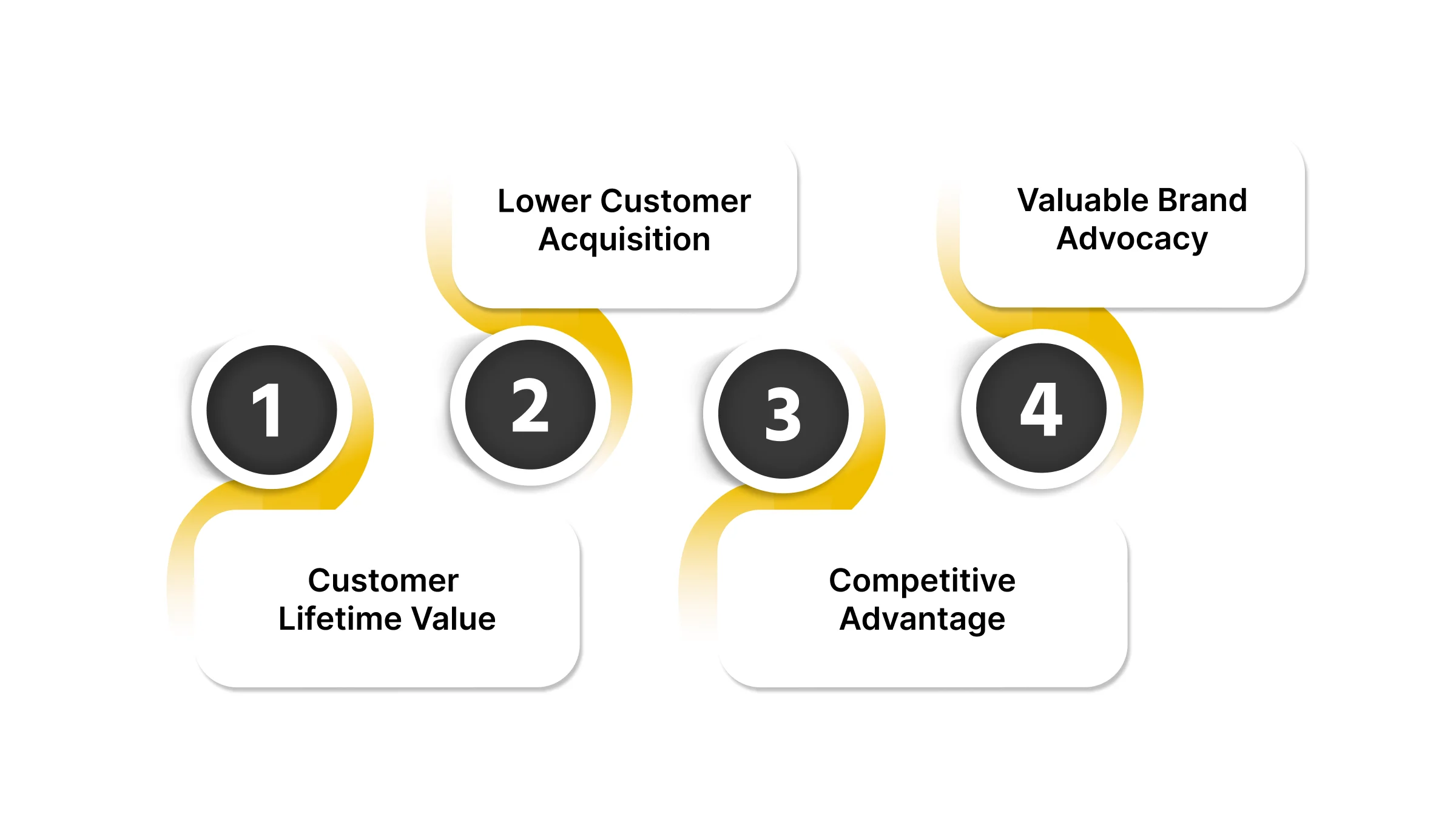
Customer loyalty offers tangible financial benefits that directly enhance your company's profitability and stability. It builds a durable competitive edge that competitors find hard to overcome.
Loyal customers ensure steady revenue flows, supporting strategic planning. This groundwork allows for better resource allocation and sustained long-term growth. Loyal customer base provides these critical business advantages:
1. Increased Customer Lifetime Value
Loyal customers consistently spend more money with your brand over time. They require less persuasion for repeat purchases than new customers do. This predictable revenue stream supports sustainable business growth and planning. You maximize the return on your initial customer acquisition investment.
2. Lower Customer Acquisition Costs
Keeping an existing customer is much cheaper than acquiring a new one. When your marketing efforts focus on retention, they become more effective. Loyal customers not only stay longer but also attract new buyers via organic word-of-mouth, fostering a strong cycle that diminishes the need for advertising.

3. Sustainable Competitive Advantage
A dedicated customer base represents a significant barrier for competitors. Loyal shoppers are less likely to switch brands based on price alone. They develop habits and preferences that favor your products consistently. This emotional connection proves very difficult for competitors to break.
4. Valuable Brand Advocacy
Satisfied loyal customers naturally provide authentic reviews and testimonials. Their user-generated content showcases real product experiences to new shoppers. This social proof builds credibility more effectively than traditional advertising. You gain marketing assets that money cannot easily buy.
Also read: What to Look for in a Customer Engagement Solution (2025)
These compelling benefits are directly influenced by modern marketing channels, particularly social media.
The Influence Of Social Media Marketing On Customer Loyalty
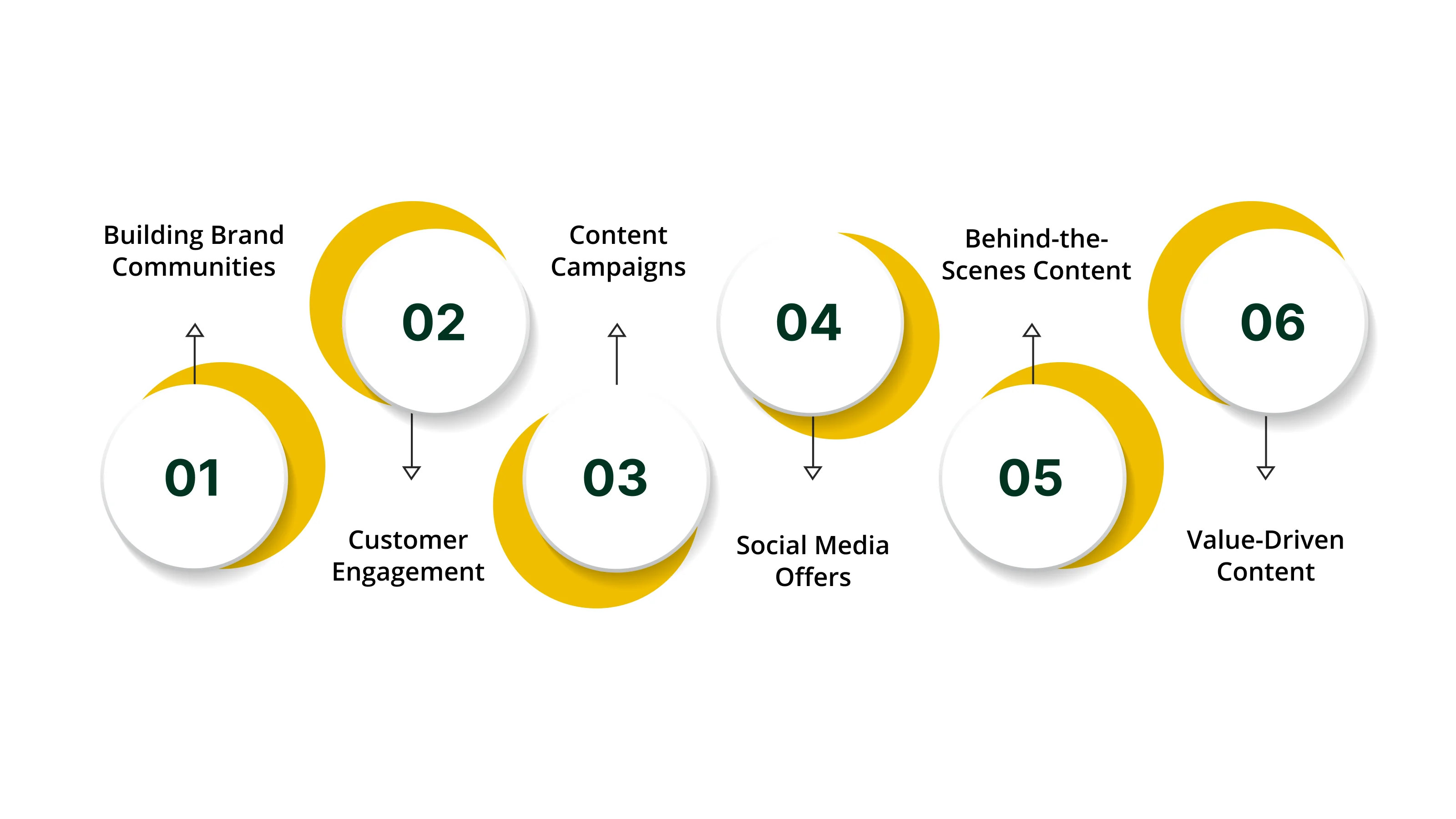
Social media transforms customer relationships from transactional interactions to ongoing conversations. These platforms provide unprecedented opportunities for direct brand-customer engagement and community building.
This effect is well acknowledged, as 93% of marketers indicate that social media has boosted their business visibility. Strategic social media activities directly influence key psychological drivers of customer loyalty.
You can systematically build emotional connections that transcend simple price-based purchasing decisions. Specific social media marketing activities drive customer loyalty through these key mechanisms:
1. Building Brand Communities
Social media groups and dedicated hashtags create spaces for customer connections. These communities foster shared identity and belonging among your brand advocates. Members develop stronger emotional ties through peer interactions and shared experiences. This sense of community significantly increases customer retention and loyalty.
Example: Sephora's Beauty Insider Community allows members to share tips and product reviews. This creates a dedicated space for beauty enthusiasts to connect and engage.
2. Responsive Customer Engagement
Prompt and helpful responses to comments and messages demonstrate that you value your customers. This engagement demonstrates that you appreciate customer feedback and focus on their experience. Quick problem resolution on social platforms builds trust and reliability. Customers feel heard and appreciated through these direct interactions.
Example: JetBlue's customer service team provides real-time flight assistance via Twitter. They address concerns quickly and personally for stranded travelers.
3. User-Generated Content Campaigns
Featuring customer photos and videos validates their brand experience and creativity. This recognition makes customers feel valued and connected to your brand story. UGC campaigns turn customers into brand ambassadors and co-creators. The shared content provides authentic social proof for potential new customers.
Example: GoPro's photo contests encourage users to share their adventure videos. Selected content gets featured on their official social media channels.
Struggling to turn social engagement into measurable loyalty? Nector seamlessly connects social media activities to a structured rewards program. Book a demo to see how it works.
4. Exclusive Social Media Offers
Special discounts and early access for social followers create perceived value. These exclusive offers reward customers for their social media engagement and loyalty. Limited-time promotions generate urgency and appreciation among your most engaged followers. This approach makes social followers feel like valued insiders.
Example: Starbucks rewards its social media followers with exclusive, limited-time offers. These special promotions are only available through their social channels.
5. Behind-the-Scenes Content
Sharing your brand's story and processes creates transparency and authenticity. This content humanizes your brand and builds deeper emotional connections. Customers appreciate the insight into your company's values and operations. This transparency fosters trust and stronger brand relationships.
Example: A local coffee roaster shares their bean sourcing trips on Instagram Stories. They show the farmers and process behind their premium coffee blends.
6. Consistent Value-Driven Content
Educational and entertaining content positions your brand as a helpful resource. This approach provides ongoing value beyond promotional messaging. Customers return regularly for useful information and engaging experiences. This consistent value delivery builds trust and authority in your niche.
Example: A skincare brand creates weekly skincare routine tutorials on TikTok. They provide genuine education about ingredient benefits and application techniques.
Understanding this influence leads us to the specific, actionable activities that drive these results.
Also read: Digital Reward Options for Employees and Customers
Social Media Marketing Activities To Build Loyalty
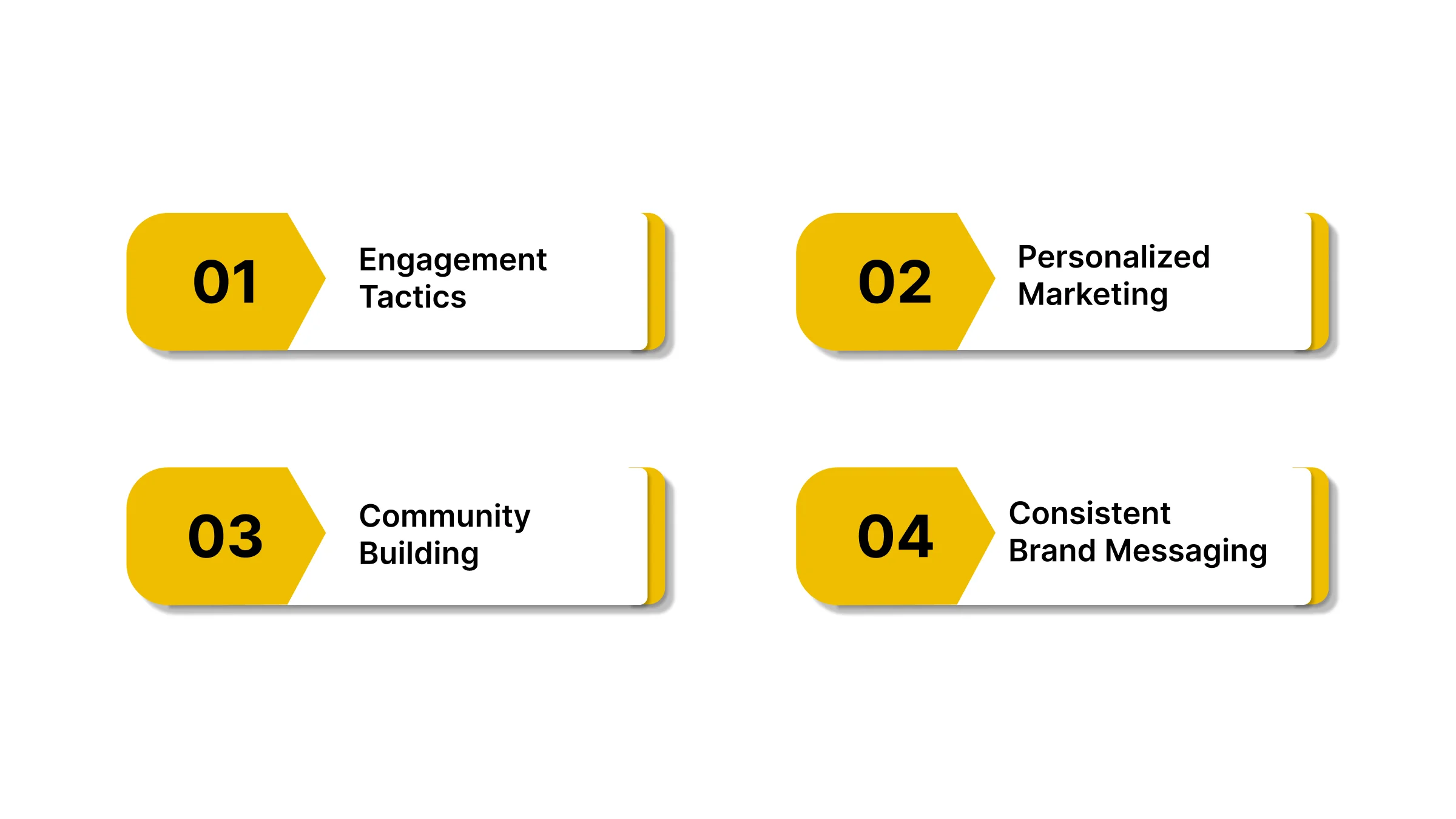
Moving beyond general principles, these specific, actionable activities systematically convert social engagement into lasting loyalty. Each tactic serves a distinct purpose in the customer relationship journey.
They work together to create multiple touchpoints that reinforce positive brand associations. Implementing these methods requires strategic planning rather than random posting.
Implement these proven social media activities to strengthen customer relationships:
1. Engagement Tactics
Active customer engagement demonstrates your brand's accessibility and genuine interest. These interactions make customers feel valued beyond their transaction value.
Interactive Content
Create opportunities for customers to actively participate with your brand:
- Polls: Gather opinions while making customers feel their voice matters directly.
- Quizzes: Provide personalized results that create shareable moments and insights.
- Interactive Videos: Allow viewers to choose their content path for deeper engagement.
Responsive Interaction
Demonstrate your commitment to customer care through timely responses:
- Timely Responses: Answer questions and comments within hours rather than days.
- Personalized Interaction: Use customer names and reference past interactions specifically.
- Feedback Implementation: Show how customer suggestions directly influence your decisions.
2. Personalized Marketing
Tailored communications make customers feel recognized as individuals rather than numbers. Personalization significantly increases content relevance and emotional connection.
Tailored Messages
Customize communications based on individual customer data and behaviors:
- Data-Driven Personalization: Use purchase history to recommend relevant products specifically.
- Content Customization: Adjust messaging tone and content based on customer preferences.
- Dynamic Content Delivery: Serve different content versions to various customer segments.
- Real-Time Personalization: Modify offers based on current browsing behavior immediately.
- Long-Term Engagement Plans: Develop sequenced content based on customer lifecycle stage.
3. Community Building
Fostering community transforms individual customers into connected brand advocates. Shared identity and experiences create powerful emotional loyalty bonds.
User-Generated Content (UGC)
Encourage and showcase customer-created content about your brand:
- Encouragement of Sharing: Create branded hashtags and clear participation guidelines.
- Feature Customer Stories: Regularly highlight customer experiences across your channels.
- Leverage Reviews and Testimonials: Showcase authentic feedback as social proof.
- Engagement with User Content: Like, comment, and share customer posts consistently.
Brand Communities
Create dedicated spaces for your most engaged customers:
- Exclusive Groups or Clubs: Offer special access to passionate brand advocates.
- Interactive Platforms: Facilitate customer-to-customer conversations and connections.
- Membership Perks: Provide special discounts and early access to new products.
- Feedback and Co-Creation Opportunities: Involve members in product development.
Feeling overwhelmed by the idea of manually managing a brand community? Nector automates reward fulfillment for UGC and community engagement. Start your free trial to build your advocate community.
4. Consistent Brand Messaging
Maintain unified brand voice and values across all social touchpoints. Consistency fosters trust and enhances your brand's recognition.
Cohesive Storytelling
Develop and maintain a clear brand narrative across platforms:
- Visual Identity Consistency: Use uniform colors, fonts, and imagery styles.
- Tone Maintenance: Keep messaging personality consistent yet platform-appropriate.
- Value Reinforcement: Regularly communicate your core brand principles.
- Cross-Platform Integration: Ensure messaging works together across channels.
How Social Engagement Engaged 50 %+ Repeat Customers
A prominent cosmeceutical brand integrated its social media presence with a structured loyalty program. They used social channels to promote exclusive rewards for reviews and repeat purchases. This strategy created a direct link between online engagement and transactional value.
The program generated 9.63% of all orders directly through their loyalty initiatives. It also achieved a remarkable rate of 20.63%, where over half of all repeat customers used loyalty benefits. This demonstrated the powerful synergy between social media activities and a formal rewards system.
Achieving similar success requires handling common obstacles that many brands encounter.
Also read: Where Do All the Warranties Go? Why Most Brands Lose Touch After Purchase
Common Challenges in Social Media Loyalty Building
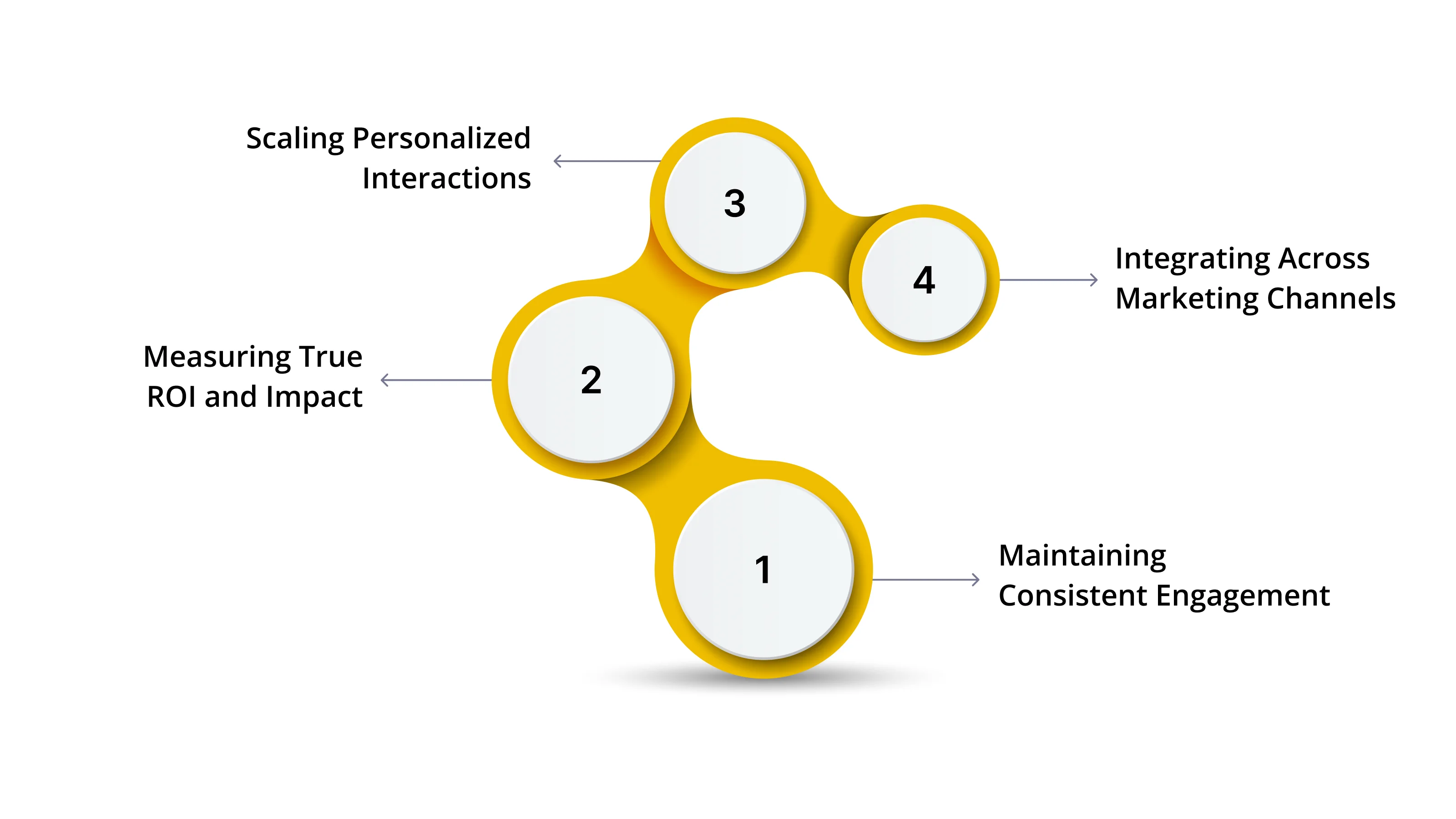
While social media offers powerful loyalty-building opportunities, several operational and strategic obstacles can hinder success. These challenges often prevent brands from maximizing their social media investment and relationship potential.
Recognizing these hurdles early helps you develop effective prevention and response strategies. Proactive planning ensures your social loyalty initiatives deliver their intended return.
Prepare to address these common social media loyalty challenges:
1. Maintaining Consistent Engagement
Social media algorithms constantly change, and audience attention spans are limited. Creating content that consistently resonates requires significant creative resources and planning. Many brands struggle with posting frequency and quality balance over the long term. Inconsistent engagement causes followers to disengage and forget about your brand.
2. Measuring True ROI and Impact
Connecting social media activities directly to loyalty metrics presents significant analytical challenges. Vanity metrics like likes and follows rarely correlate with genuine customer loyalty indicators. Attributing revenue to specific social campaigns requires sophisticated tracking systems. Without clear ROI evidence, social loyalty programs often face budget scrutiny.
3. Scaling Personalized Interactions
Customers now expect personalized responses and recognition across social platforms. Manual personalization becomes impossible as your follower count and engagement volumes increase. Generic automated responses often damage rather than build customer relationships. This personalization gap can make customers feel undervalued and anonymous.
4. Integrating Across Marketing Channels
Social media loyalty efforts often operate in isolation from other marketing initiatives. Disconnected systems create inconsistent customer experiences and messaging across touchpoints. Data silos prevent a unified view of customer interactions and loyalty status. This fragmentation dilutes the overall impact of your loyalty-building efforts.
Also read: Top Strategies for Maintaining Customer Loyalty
These challenges highlight the need for a streamlined approach to loyalty management.
Build Lasting Customer Loyalty with Nector
Manual loyalty program management often creates operational complexity for marketing teams. Tracking social media engagement and connecting it to customer rewards requires significant resources.
Personalizing experiences across different platforms becomes nearly impossible to maintain consistently. These challenges prevent your social media efforts from delivering their full loyalty potential.
Nector provides a unified platform that seamlessly connects social engagement with loyalty program benefits. Our system automates reward tracking and personalization across all customer touchpoints.
You can create sophisticated loyalty experiences without technical complexity or manual effort. This approach transforms social media interactions into measurable loyalty outcomes.
Nector’s loyalty platform delivers comprehensive customer retention capabilities:
- Customizable Loyalty Programs: Design branded points systems that reward social shares and engagement.
- Flexible Reward Options: Offer discounts, products, or exclusive access for social media participation.
- Automated Tier Systems: Implement VIP levels that recognize your most engaged social followers.
- Smooth Integration: Connect with your e-commerce platform and social media channels effortlessly.
- Performance Analytics: Track how social activities drive loyalty program participation and revenue.
This integrated approach provides a clear path from strategic insight to practical execution. You gain sophisticated program capabilities without the operational overhead typically required.
Wrapping Up
Strategic social media marketing builds emotional connections that drive customer loyalty. These activities transform transactional relationships into meaningful brand advocacy over time. A systematic approach ensures your social efforts deliver measurable business results.
Manual loyalty program management often creates operational hurdles for marketing teams. Nector automates social engagement tracking and reward fulfillment within one platform. This eliminates the complexity of connecting social activities to loyalty benefits.
Begin building your integrated social loyalty program with Nector today. Transform casual social engagement into lasting customer relationships and sustainable growth. Book a demo now.
FAQs
1. How does social media impact customer behavior and perceptions of loyalty?
Social media fosters loyalty by forming emotional bonds that go beyond simple transactions. It cultivates communities where customers experience a sense of belonging. By engaging responsively and offering exclusive content, brands make customers feel valued. These strategies convert passive followers into enthusiastic brand advocates.
2. What social media strategies build customer loyalty?
Effective strategies include creating user-generated content campaigns and building branded communities. Implement responsive customer service on social platforms. Share behind-the-scenes content and offer exclusive social media promotions. Consistently delivering valuable content establishes your brand as a trusted authority resource.
3. How can I measure social media's impact on loyalty?
Track metrics such as repeat purchase rates from social followers and overall customer retention. Assess engagement quality by considering comments and shares, rather than focusing solely on likes. Use UTM parameters to track social-driven conversions over time. Measure growth in branded hashtag usage and community group engagement.
4. What is the role of content in social media loyalty?
Content provides ongoing value that keeps customers connected to your brand. Educational and entertaining content builds trust and authority. Consistent storytelling reinforces your brand values and identity. Quality content gives customers a reason to follow and engage repeatedly.
5. How should I respond to negative feedback on social media?
Address negative feedback quickly, professionally, and initially in public. Recognize the issue and move the discussion to a private setting. See criticism as an opportunity to demonstrate your commitment to service. Ensure all promises made during the resolution are fulfilled.
FAQs
Start Building Customer Retention That Lasts




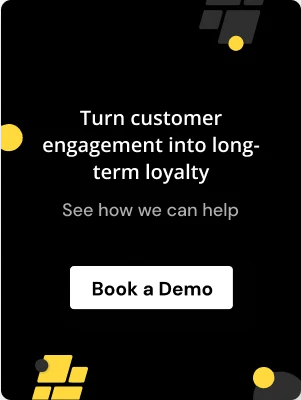
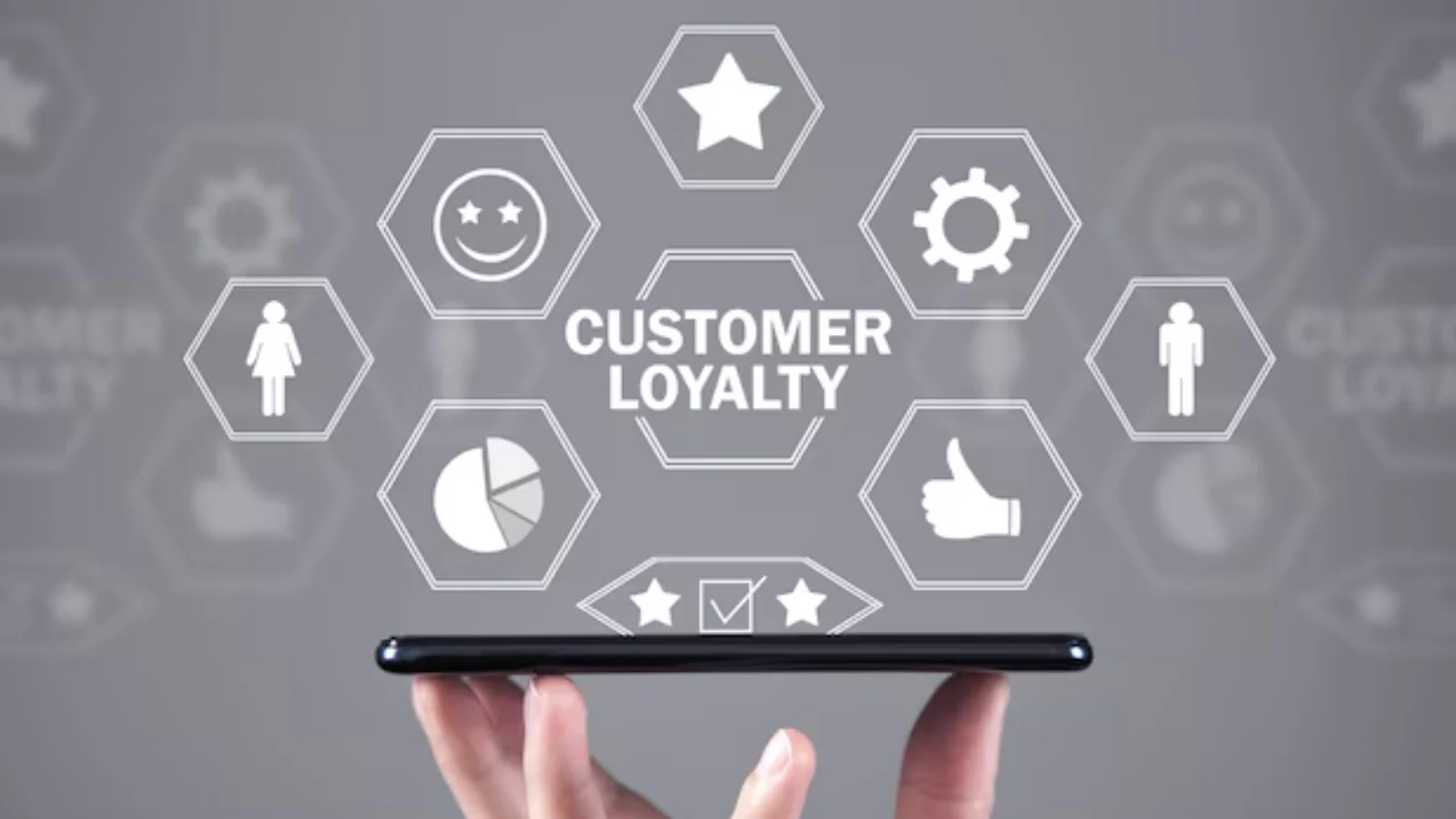
%201.webp)
%201.webp)

